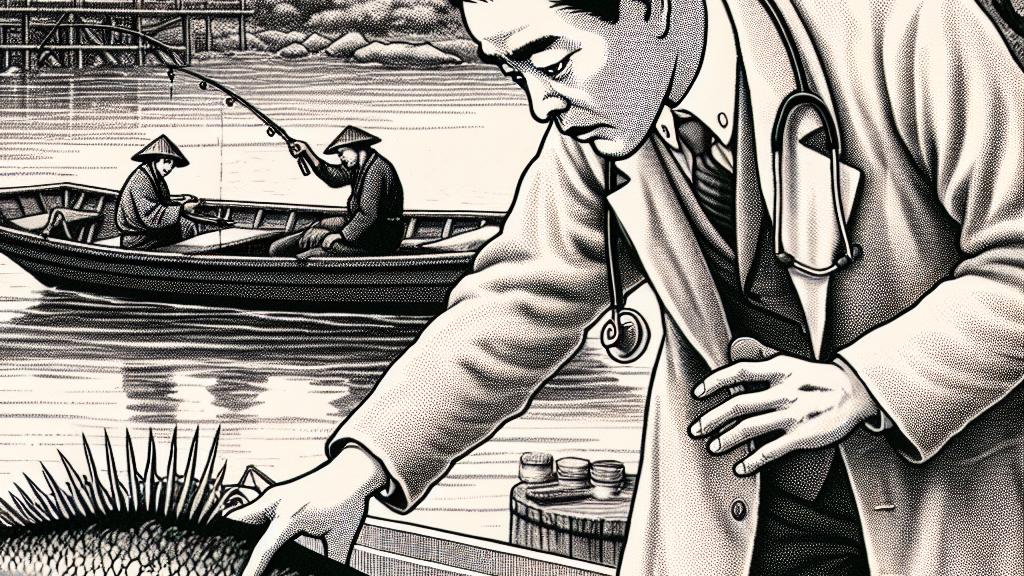The Painful Truth: A Doctor's Encounter with a Poisonous Fish!
Overview
- A doctor in Japan faced an alarming situation when he accidentally touched the poisonous Onikazago while fishing.
- His quick thinking and effective first aid significantly alleviated his pain and numbness.
- This incident serves as a vital reminder of the importance of awareness and preparedness in outdoor activities to ensure safety.

The Incident in Japan
In a troubling incident that occurred in Japan, a doctor on a fishing trip unknowingly came into contact with an Onikazago, a fish notorious for its sharp spines and toxic venom. The moment he touched the fish, he was immediately overwhelmed by excruciating pain and a tingling sensation that spread through his hand. This harrowing experience highlights the potential dangers present in what may seem like a simple outdoor adventure. Many fishermen may not realize the risks posed by certain marine life, making it imperative to research and understand these threats before heading out on the water.
Immediate Reaction and Proper Treatment
Upon realizing the severity of his situation, the doctor responded rapidly. He first attempted to suck out the venom, a common first step in treating such injuries, acknowledging the urgency of his condition. To further mitigate the effects of the venom, he heated seawater to about 40°C and soaked his injured hand for 20 minutes. This method is critical, as the heat helps to denature the proteins in the fish's venom, rendering it less harmful. His timely and knowledgeable actions not only eased the pain but also underscored the importance of having a plan and being prepared when dealing with potentially dangerous wildlife.
Lessons Learned and Safety Tips
This doctor’s painful encounter serves as an essential wake-up call for anyone partaking in outdoor activities like fishing. The key takeaways from this incident are the necessity of being well-informed about local fauna and having effective first-aid measures readily available. Enthusiasts should equip themselves with a comprehensive first-aid kit that includes instructions for dealing with envenomations, as well as familiarize themselves with the species they may encounter. Engaging with the community—sharing insights and experiences—can bolster safety awareness and preparedness, ensuring that outdoor pursuits remain enjoyable while minimizing risks associated with nature.

Loading...